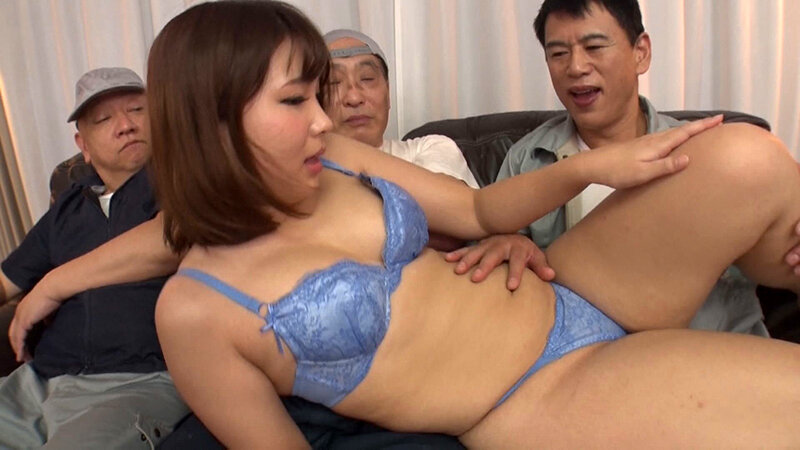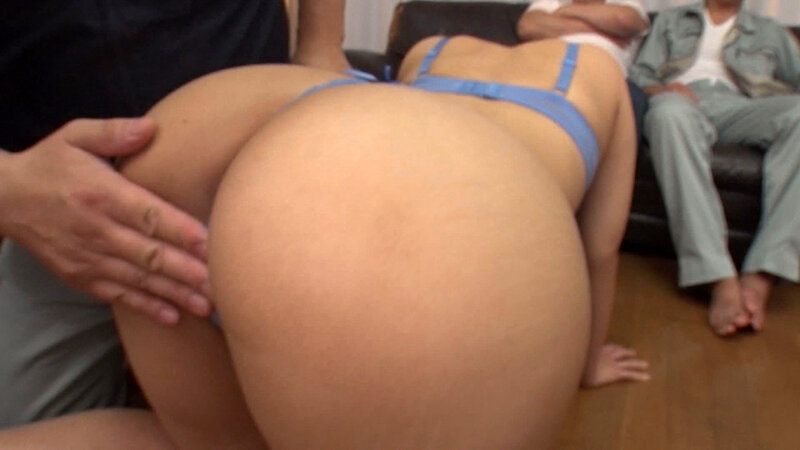ZZZM-01-013 日本AV 希望被温柔对待的美丽女子渴望关怀。 - 免费预告片中文字幕 srt。
下载 ZZZM-01-013 字幕
 English Subtitles
English Subtitles
 中文字幕
中文字幕
 日本語字幕
日本語字幕
 Subtitle Indonesia
Subtitle Indonesia
 Deutsche Untertitel
Deutsche Untertitel
 Sous-titres Français
Sous-titres Français
关于 ZZZM-01-013 日本AV视频
片商: Mesuiki
发布日期: 12月 28日 2023年
片长: 9 分钟
字幕价格: $14.85 每分钟 1.65 美元
字幕创建时间: 5 - 9 天
类型: 审查视频
国度: 日本
语言: 日文
字幕文件类型: .srt / .ssa
字幕文件大小: <9 KB (~630 行翻译)
字幕文件名: h_1617zzzm01013.srt
翻译: 人工翻译(非人工智能)
视频质量: 320x240, 480x360, 852x480 (SD), 1280x720 (HD), 1920x1080 (HD)
拍摄地点: 在家
发行类型: 经常出现
演戏: 独唱演员
视频代码:
版权所有者: © 2023 DMM
视频质量
1080p (HD)407 MB
720p (HD)271 MB
576p204 MB
432p136 MB
288p70 MB
144p27 MB













